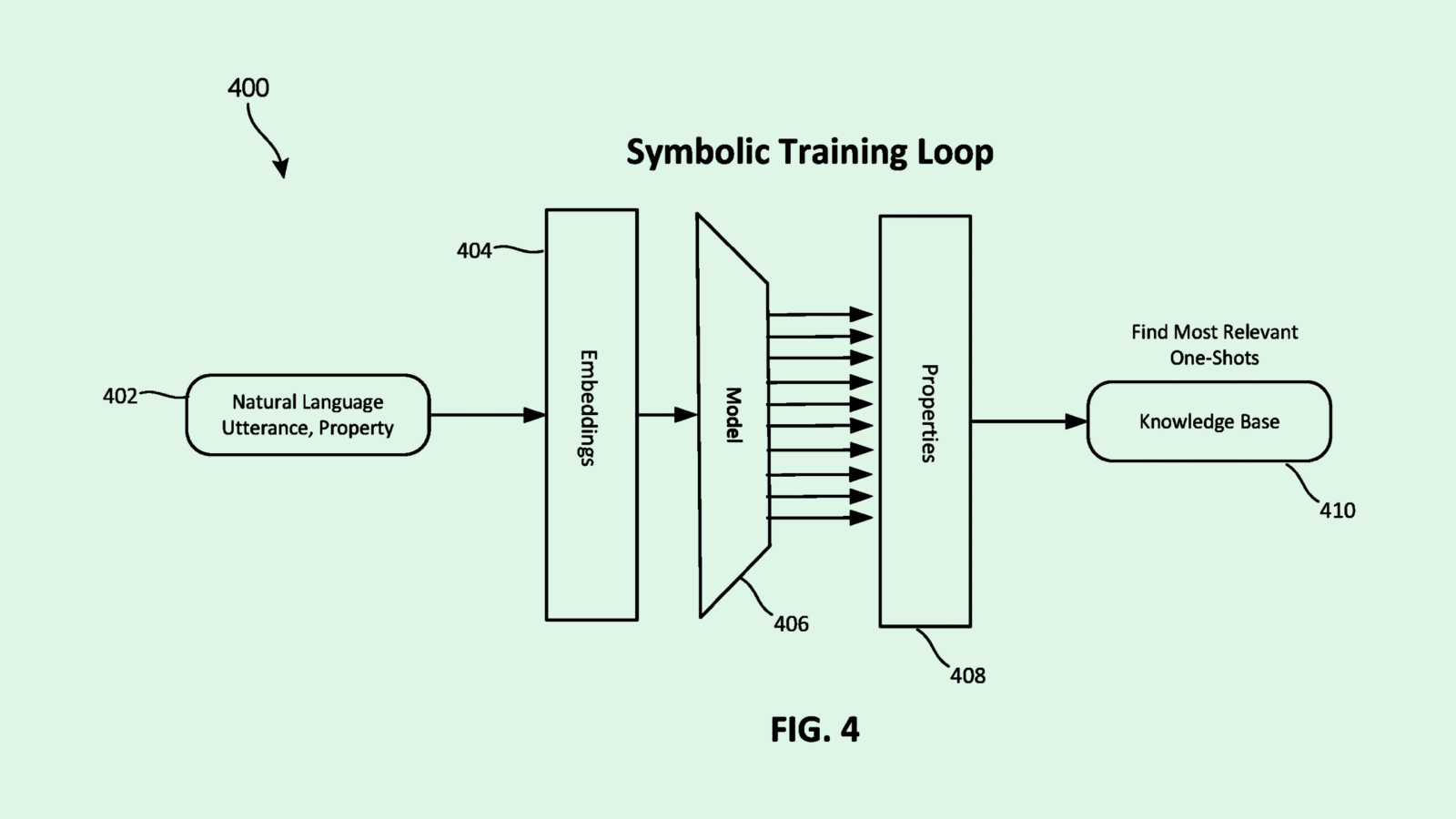Happy Monday, and welcome to CIO Upside.
Today: How technology can help address care gaps in the medical field to improve patient outcomes. Plus: the way compensation is going to be affected by AI; and Microsoft wants to improve code-generation.
Let’s jump in.
How AI Helps Doctors Fill Patient Care Gaps

Doctors only get so much time with their patients, and sometimes that means things get missed.
That’s an experience Vibhor Gupta, the founder of Pangaea Data, is familiar with. He has seen family members suffer from a late diagnosis or suboptimal treatment even when their medical information was available. Getting the right treatment can feel like an odyssey-level journey, to the detriment of the patient’s health.
“In those moments, you feel practically helpless,” Gupta said. “You’re always thinking to yourself, ‘Well, what good is all the education and everything else that you’ve gone through if you can’t really help the people who are close to you?’”
That’s what led him to form Pangaea Data, an AI health tech startup whose new platform helps clinicians identify diagnoses and cut treatment costs.
“There’s a lot of promise that [AI] holds at a conceptual level,” Gupta said. “For us, it was about carving a niche for ourselves and then being part of that value chain in complement with all of these solutions upstream and downstream from us, so we could do our part and plug that gap.”
Bolstered by all of a patient’s medical records, AI can play a role in early detection, determining a course of treatment or even identifying an applicable clinical trial.
“If technology could help you get to those answers easier at the point of care, you can imagine immediately that benefits pharmaceutical companies as well, because the pharma companies also are motivated to do what’s best for the patients,” Gupta said.
However, he warned against relying on tech as the end-all, be-all. He framed it as a means to an end.
‘Not Like Self-Driving’
“You let the clinicians — who are the ones who are interacting, as humans, with the patients who are also humans — [make] the final call and then take into context whatever information they’re getting from the technology,” Gupta said. “It’s not like a self-driving thing … You still need to be looking at the road, and you still need to keep your hands on the steering.”
AI, just like clinicians moving from medical school into their practice, is constantly learning, developing and evolving, and needs to be granted room for error and evolution.
“Going forward, my hunch is that [AI will] change the way we practice health care, much like some of these self-driving vehicles are changing the way we travel,” Gupta said. “We are seeing a different model of health-care delivery, and I think this will be particularly important for rural health care, where we might not have as many doctors and facilities as would be ideal, but at least we can deliver the same quality and standard of care.”
AI isn’t a cure-all, Gupta said, but an aid that can help patients, especially in rural areas, obtain quality care despite their doctors’ education, patient load or even local infrastructure.
Is A Cloud Provider Holding Your Data For Ransom?
You invested time and capital moving to the cloud. The promise was flexibility, scalability and faster implementation. Instead, you got rising costs and exit fees that punish data movement and growth.
Worse, organizations are overspending by 25% to 40% on unused cloud services while the actual data gets harder to find.
OpenDrives’ Astraeus cloud-native data services platform smashes this pattern by:
- Connecting all your data in one place.
- Charging fixed prices instead of surprise bills.
- Letting you control what runs when.
Astraeus brings cloud flexibility to infrastructure you own and fully control, without vendor lock-in. Stop paying escalating bills to store data you can’t easily access, and start using it to solve actual business problems.
Will AI Be Setting Your Salary Soon? Some Workers Hope So

AI is creeping into every corner of the workplace, and paychecks might be the next spot where it takes root.
According to Resume Now’s AI in Pay Report, many workers expect AI to play a larger role in their pay sometime soon.
Some 56% of US workers think that AI’s role in compensation is bigger today than three years ago, and 63% expect that AI’s role in pay will grow significantly more over the next five years.
So how will it factor into decision-making in the human resources department?
“AI can help streamline pay decisions by analyzing market data and recommending adjustments, detecting bias and conducting equity audits to reduce pay gaps, and integrating with performance systems to better align pay with results,” said Keith Spencer, a career expert at Resume Now. “It also supports more strategic, cost-conscious and equitable decision-making.”
More than half of workers think AI can be beneficial to their bottom lines: 68% believe AI makes pay and bonuses fairer, and the same amount said they would trust decisions more if AI were involved.
A necessary component of that fairness would be transparency in decision-making; that’s “essential to earning employees’ trust.” That means giving workers access to pay bands, information about the factors that go into the compensation models, and insight into how algorithms impact pay decisions.
The survey shows 94% of workers also want an independent, third-party review of pay algorithms as a safeguard against bias, and 45% are concerned about replacing human judgment.
“A ‘human hand’ is essential when using AI in compensation decisions,” Spencer said. “While AI can process data objectively and consistently, people provide the context and judgment that algorithms lack.”
The point isn’t to replace humans, but to provide a structure for determining compensation that’s tied to a worker’s role and impact — with human intervention when necessary.
Microsoft Wants to Improve AI-Powered Code Generation

AI can code based on prompts, but there’s always room for improvement.
Microsoft wants to patent a system that can help language models create better code in response to natural language requests using “symbolic property information.”
First, the system learns to recognize examples of good code.
It analyzes a training dataset of code examples where only one example is given using a “symbolic property mining pipeline.” Through that analysis, the system determines the “symbolic properties,” or code patterns/features that help describe how the code works or what makes it right.
Then the system uses those properties to train another model to recognize them: a “property recognition model.” The property recognition model can take any natural-language prompt and identify the expected code features or patterns.
All of this is in the service of guiding and improving code coming from the LLM so it’s more accurate and reliable.
It’s no surprise this is an area of focus for Microsoft. The company previously filed a patent that pointed out code generators’ weaknesses. It’s not alone, either. Improving AI-powered code generation is a priority for major firms including OpenAI, Anthropic and Google as they build out their own offerings.
And other companies are also leaping on the code-generation train: Amazon wants to make suggestions to coders, JPMorgan is showing interest in making sure its code passes muster and Oracle has expressed interest in cleaning up potential errors.
Extra Upside
- Lookalikes: YouTube is using AI to catch deepfakes of famous creators on its platform.
- Domestic Products: Apple has started shipping American-made AI servers from a Texas factory as part of its $600B commitment to US production.
- Personal AI Shopper: If you’re looking for more reasons to buy something, Amazon’s AI shopping tool has thoughts.
CIO Upside is a publication of The Daily Upside. For any questions or comments, feel free to contact us at team@cio.thedailyupside.com.

